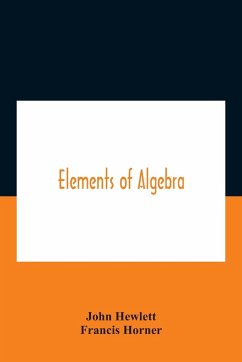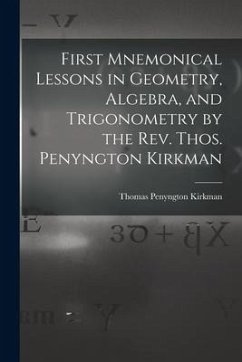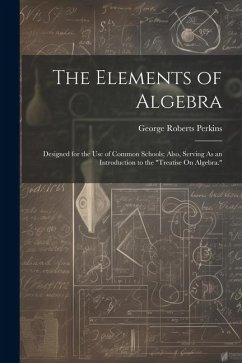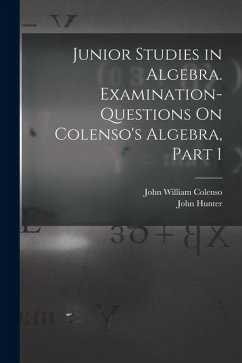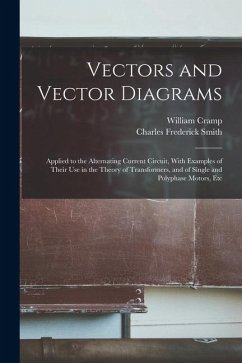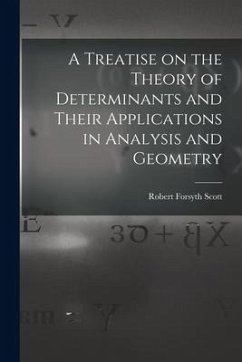
The Theory of Substitution and its Applications to Algebra. Rev. by the Author and Translated With his Permission by F.N. Cole
Versandkostenfrei!
Versandfertig in über 4 Wochen
23,99 €
inkl. MwSt.
Weitere Ausgaben:

PAYBACK Punkte
12 °P sammeln!
"The Theory of Substitution and its Applications to Algebra" by Eugen Netto, translated by F.N. Cole, explores the fundamental principles of substitution within algebraic structures. Originally published in 1892, this work delves into the applications of substitution theory, providing a rigorous examination of its role in solving algebraic problems. Netto's exposition covers permutations, group theory, and their intricate relationships with algebraic equations. This edition, revised by the author, offers both historical context and mathematical depth, making it an invaluable resource for mathe...
"The Theory of Substitution and its Applications to Algebra" by Eugen Netto, translated by F.N. Cole, explores the fundamental principles of substitution within algebraic structures. Originally published in 1892, this work delves into the applications of substitution theory, providing a rigorous examination of its role in solving algebraic problems. Netto's exposition covers permutations, group theory, and their intricate relationships with algebraic equations. This edition, revised by the author, offers both historical context and mathematical depth, making it an invaluable resource for mathematicians, students, and anyone interested in the foundations of modern algebra. It serves as a key text for understanding the evolution of algebraic thought and the development of abstract algebra. This work has been selected by scholars as being culturally important, and is part of the knowledge base of civilization as we know it. This work was reproduced from the original artifact, and remains as true to the original work as possible. Therefore, you will see the original copyright references, library stamps (as most of these works have been housed in our most important libraries around the world), and other notations in the work. This work is in the public domain in the United States of America, and possibly other nations. Within the United States, you may freely copy and distribute this work, as no entity (individual or corporate) has a copyright on the body of the work. As a reproduction of a historical artifact, this work may contain missing or blurred pages, poor pictures, errant marks, etc. Scholars believe, and we concur, that this work is important enough to be preserved, reproduced, and made generally available to the public. We appreciate your support of the preservation process, and thank you for being an important part of keeping this knowledge alive and relevant.



